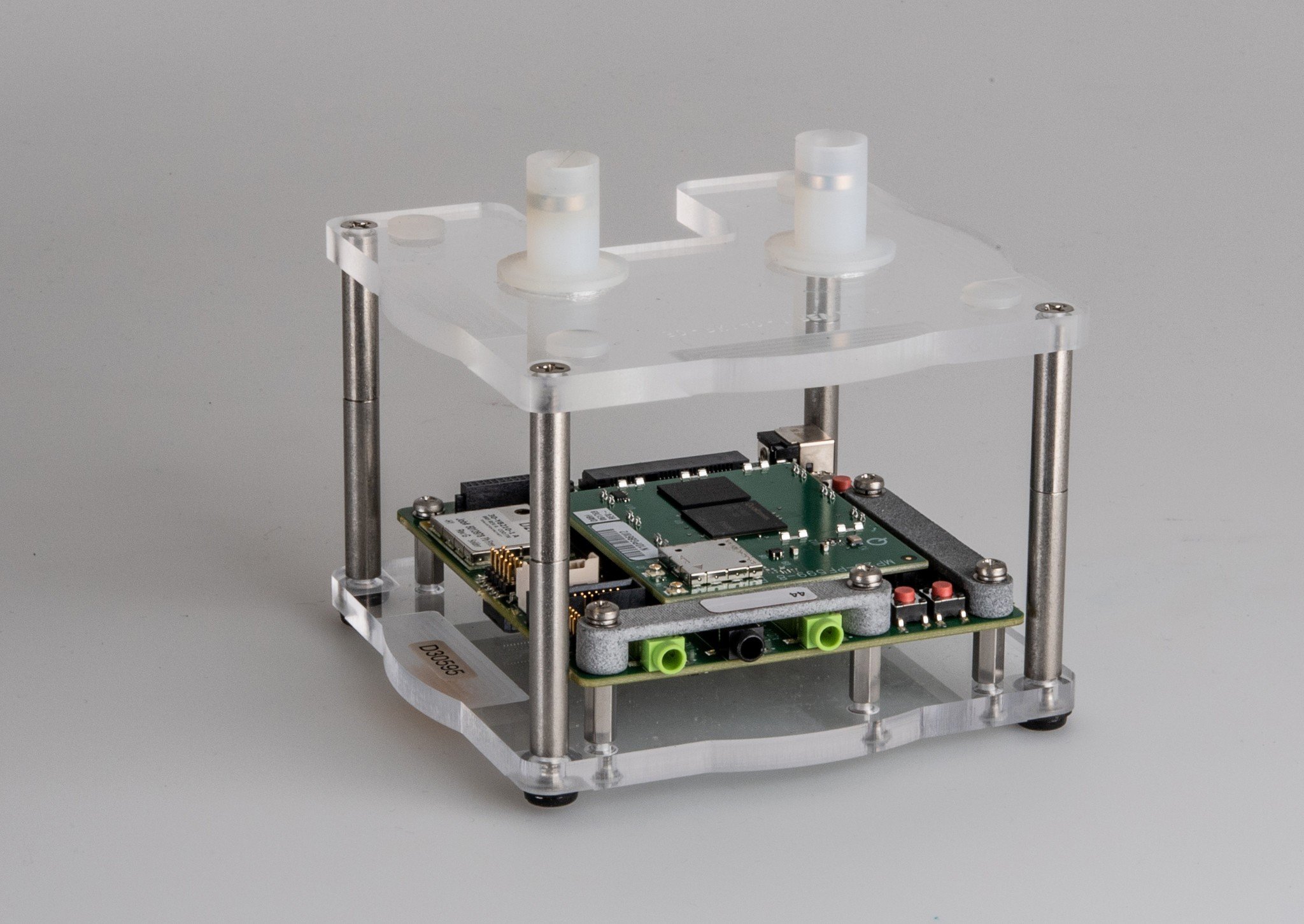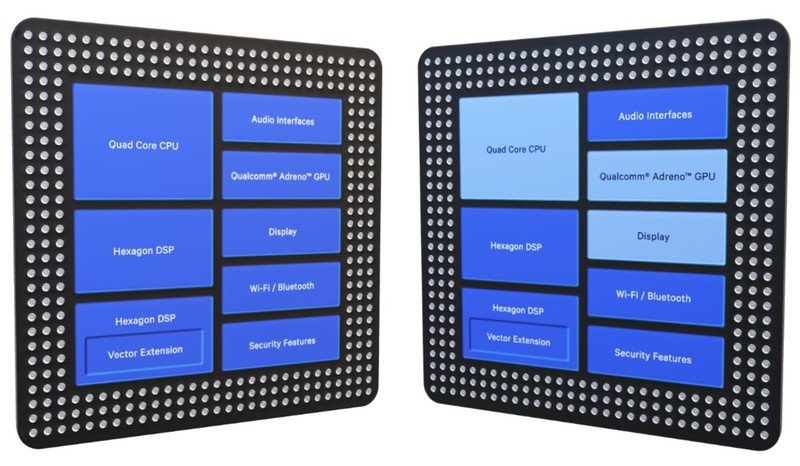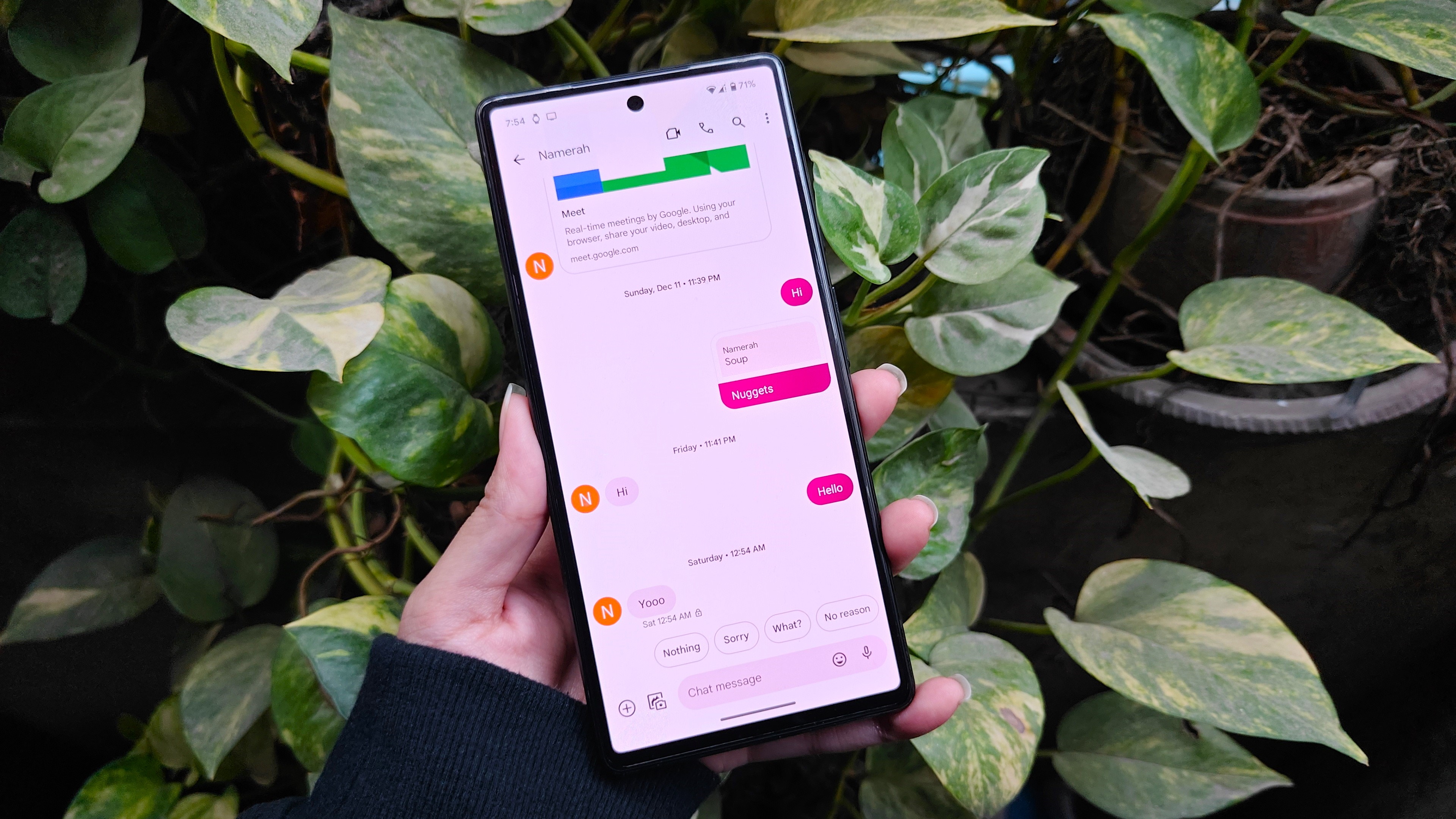Qualcomm's new chip brings voice assistants to portable speakers, soundbars, and practically anything else

You wouldn't ordinarily think of your Amazon Echo speaker or Google Home Hub smart display as a phone, but beneath the relatively unwieldy form factors, they share similar components and intentions, just optimized for different environments. That's also probably why you wouldn't necessarily think to dig into the system-on-a-chip that powers the smart home gadget because that's not how they're marketed — they just work.
But Qualcomm, as it does in phones, tablets and, increasingly, laptops, also has a big role to play in building the brains behind many smart speakers on the market. But to date, most of those processors have been modified from phones and other mobile hardware, which leaves them with plenty of limitations. Now, Qualcomm is introducing a new series of chips under the mouthful of a name, QCS400 SoC series, designed to fit into various smart speakers, soundbars, and displays, each with different levels of complexity.
The basis behind the chips — and there are four to begin with — is to provide more reliable, better-sounding, and potentially more portable experiences for voice-activated speakers. Today, most speakers are plugged into walls all the time, or have to be specially designed to communicate seamlessly in multiple rooms, or have difficulty responding to a query in a noisy environment.
While traditional smart speaker users will probably enjoy the higher sound quality that comes with more powerful amplifiers and improved AptX audio codecs, Qualcomm's gunning after two relatively underserved markets with the QCS400: home theater lovers, who will soon be able to buy Dolby Atmos or DTS:X-capable surround sound systems that are also powered by Google Home or Alexa; and portable Bluetooth speaker fans who, due to battery constraints, haven't been able to leverage smart assistants (barring a few exceptions). According to Qualcomm, these SoCs will enable many more hours of battery life thanks to much lower standby energy usage and more efficient components throughout.
Potentially one of the more interesting use cases for these new chips is the idea of "Sonos on a budget." While speakers from Amazon and Google can, to some extent, create multi-room or whole-home audio experiences by grouping various speakers to sync their playback, Qualcomm promises to simplify that for companies that don't have the means to develop their own low-latency synchronization techniques themselves. As proven with companies like Sonos, getting whole-home playback right is very hard, and computationally expensive.

Speaking of computation, each SoC comes with a quad-core processor, Wi-Fi, Bluetooth, and Zigbee — so it can also power an audio-equipped router, too — along with Qualcomm's Hexagon DSP to power AI improvements, an Adreno GPU, display support, audio components, and a host of security features. The company also promises that speakers powered by the QCS400 SoCs will be able to talk to their devices even when disconnected from the internet. That means speakers or other smart home gadgets that don't need an internet connection will still be able to use local audio recognition for offline tasks.
With over 120 million smart speakers in the U.S., and slowing growth potential, instead of innovating in existing form factors, Qualcomm's deciding make it easier, and cheaper, for companies to develop for new ones. We'll find out if it works when the QCS400 SoCs ship to manufacturers later this year.
Be an expert in 5 minutes
Get the latest news from Android Central, your trusted companion in the world of Android
Daniel Bader was a former Android Central Editor-in-Chief and Executive Editor for iMore and Windows Central.


